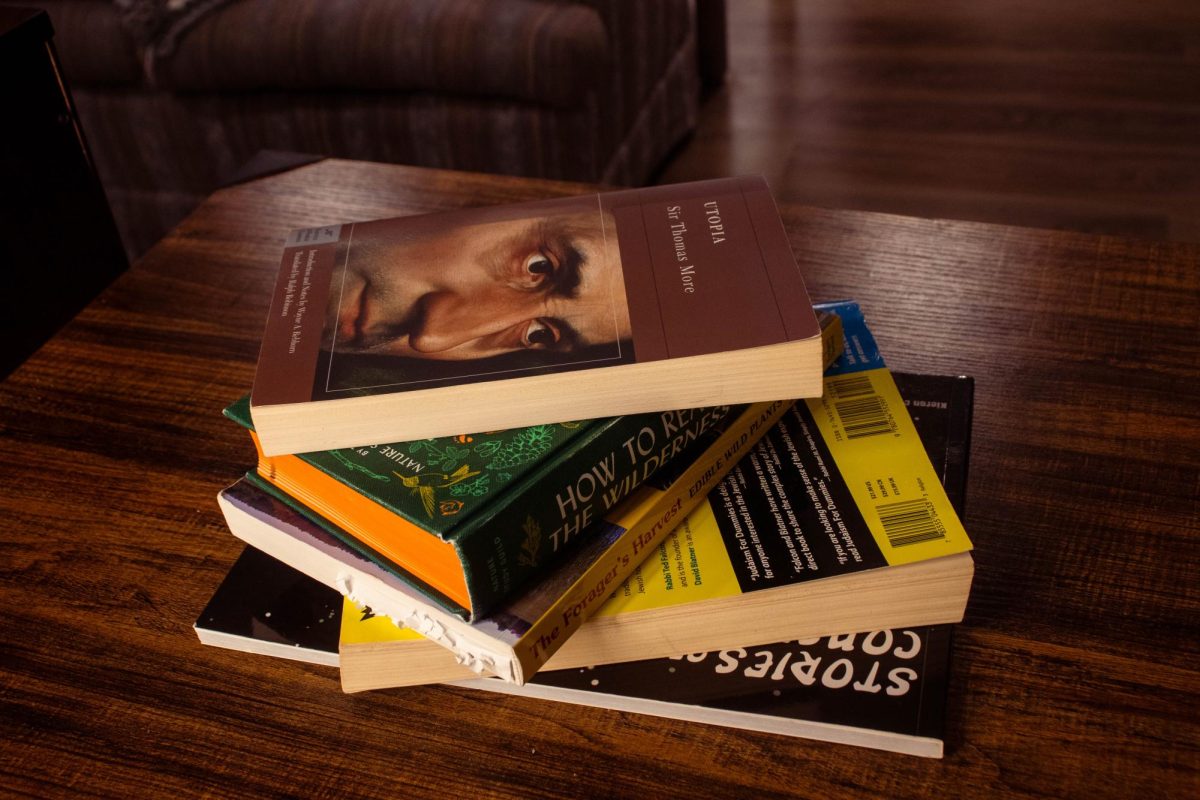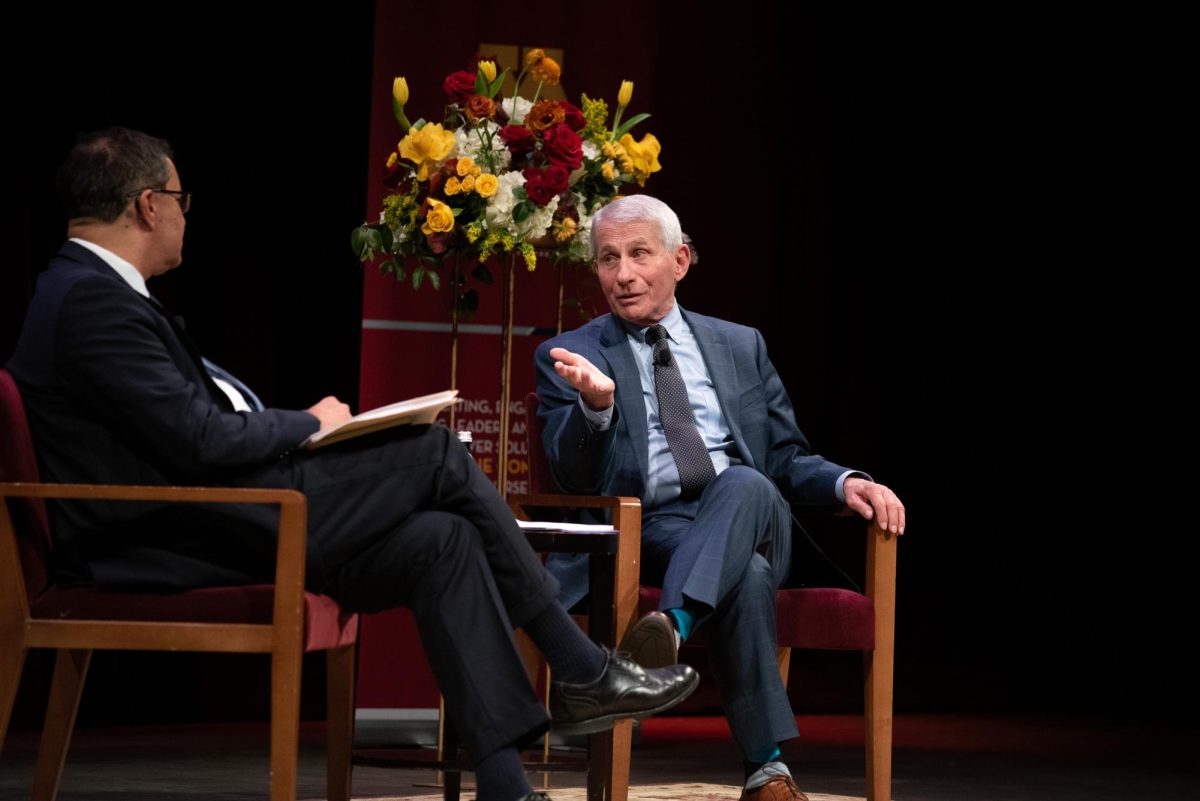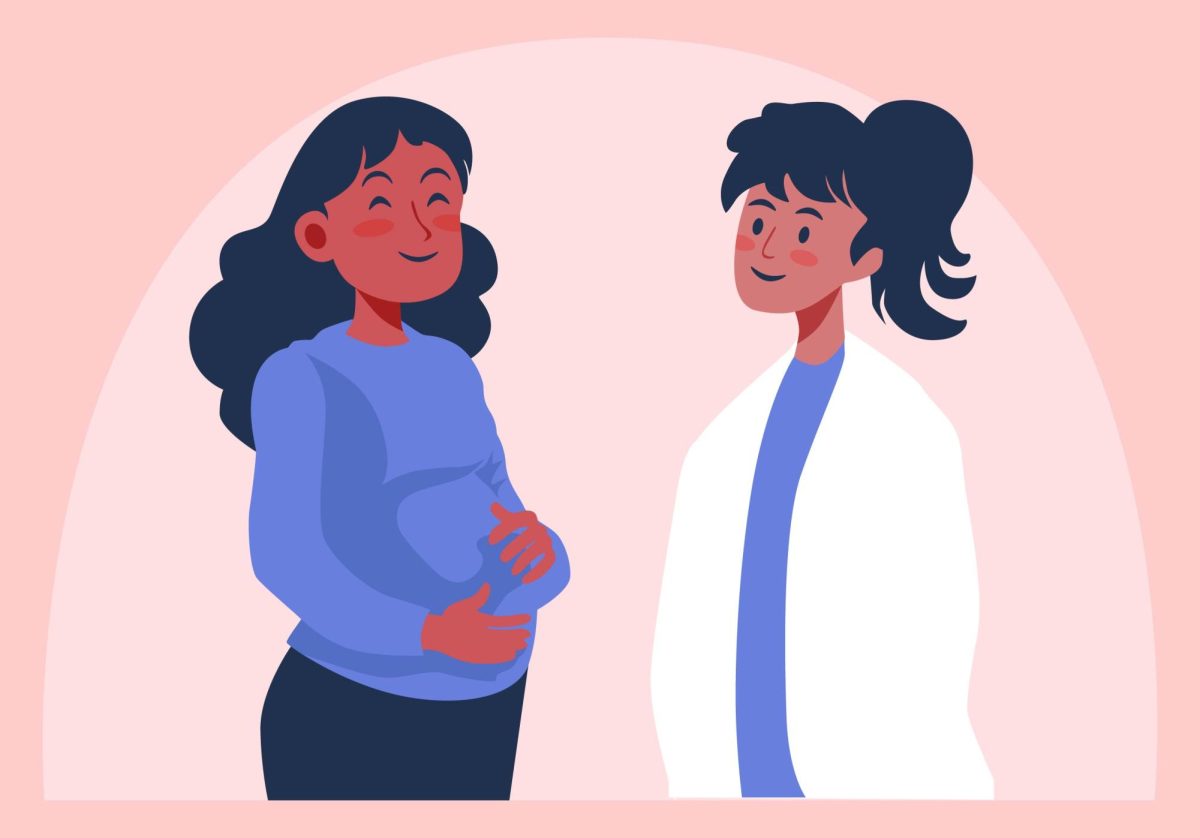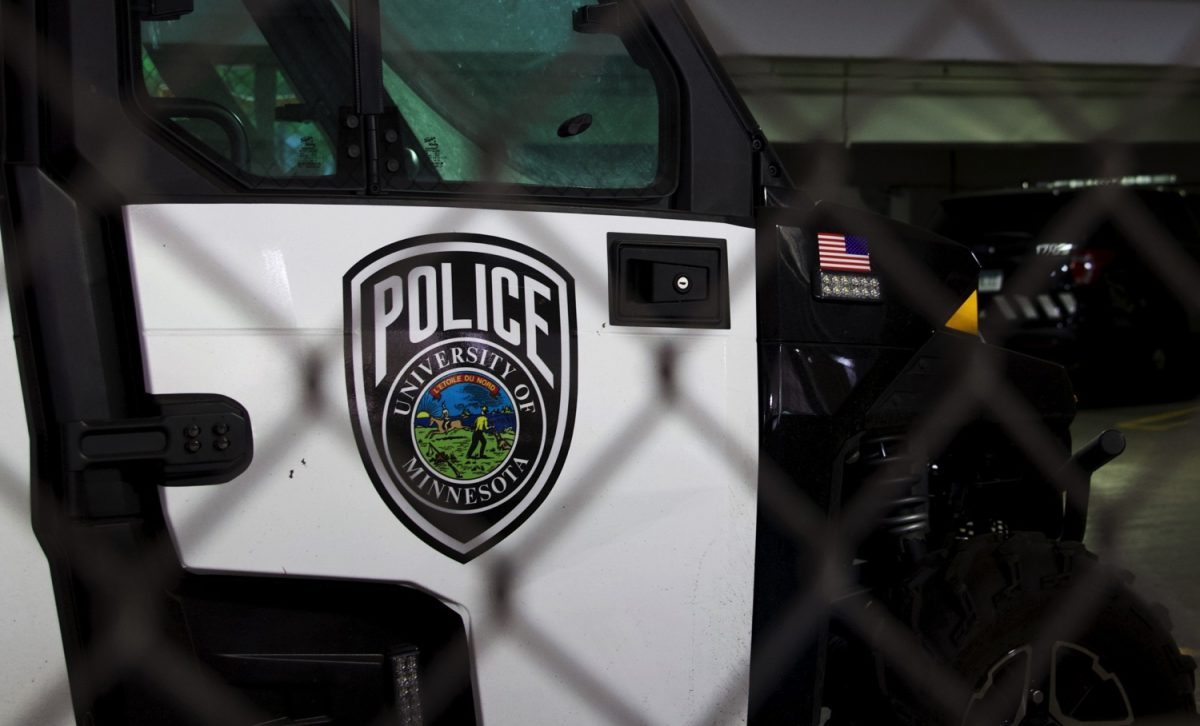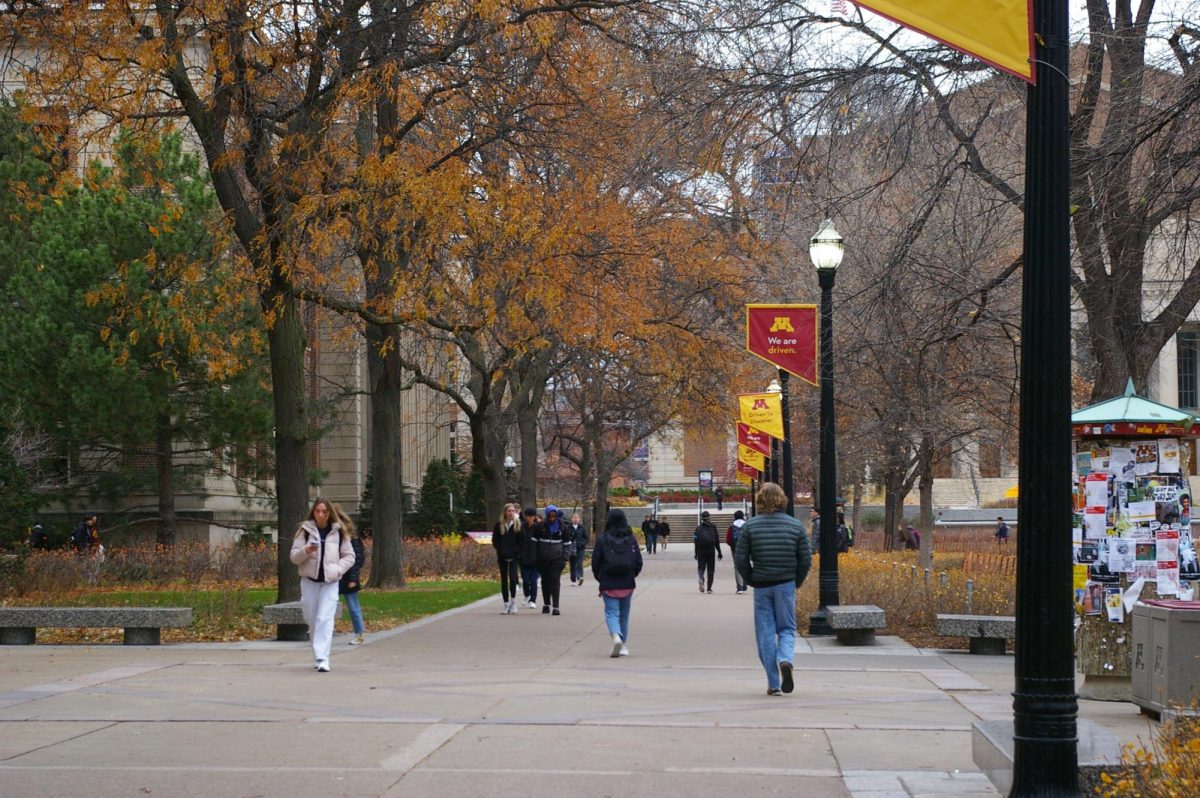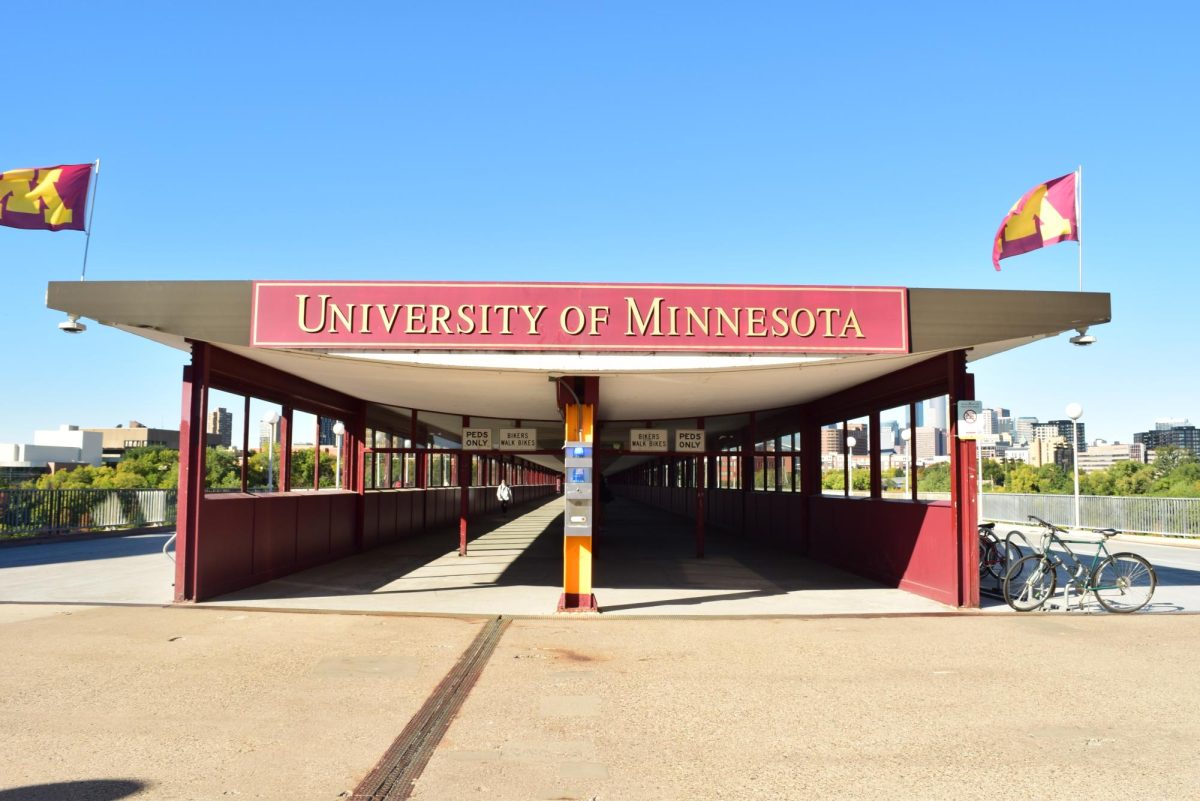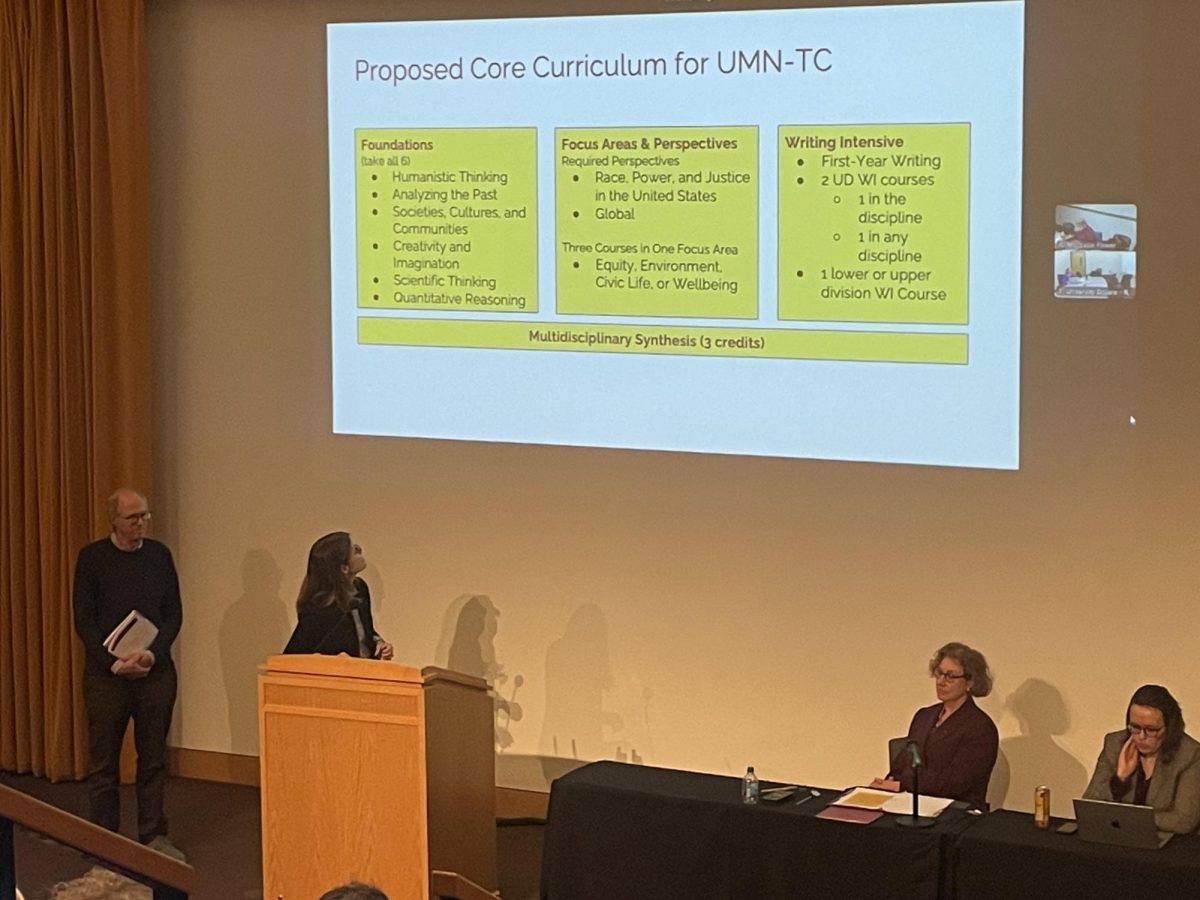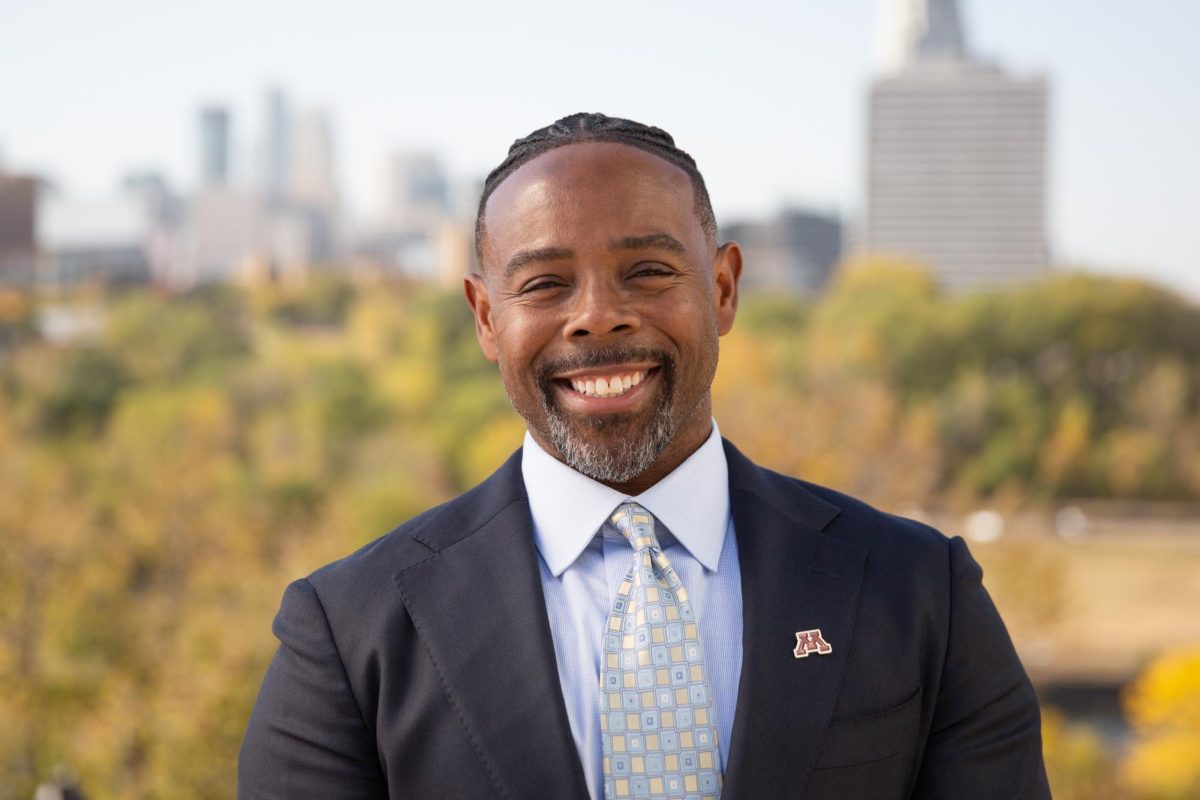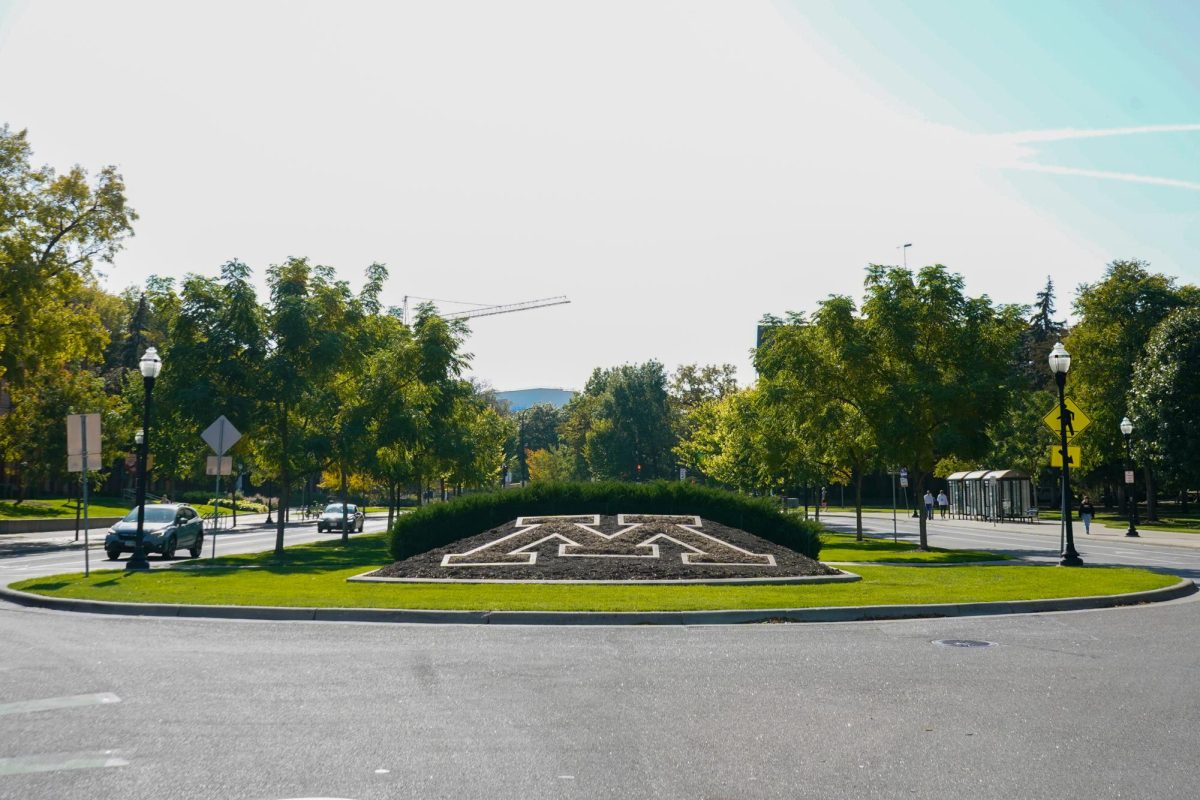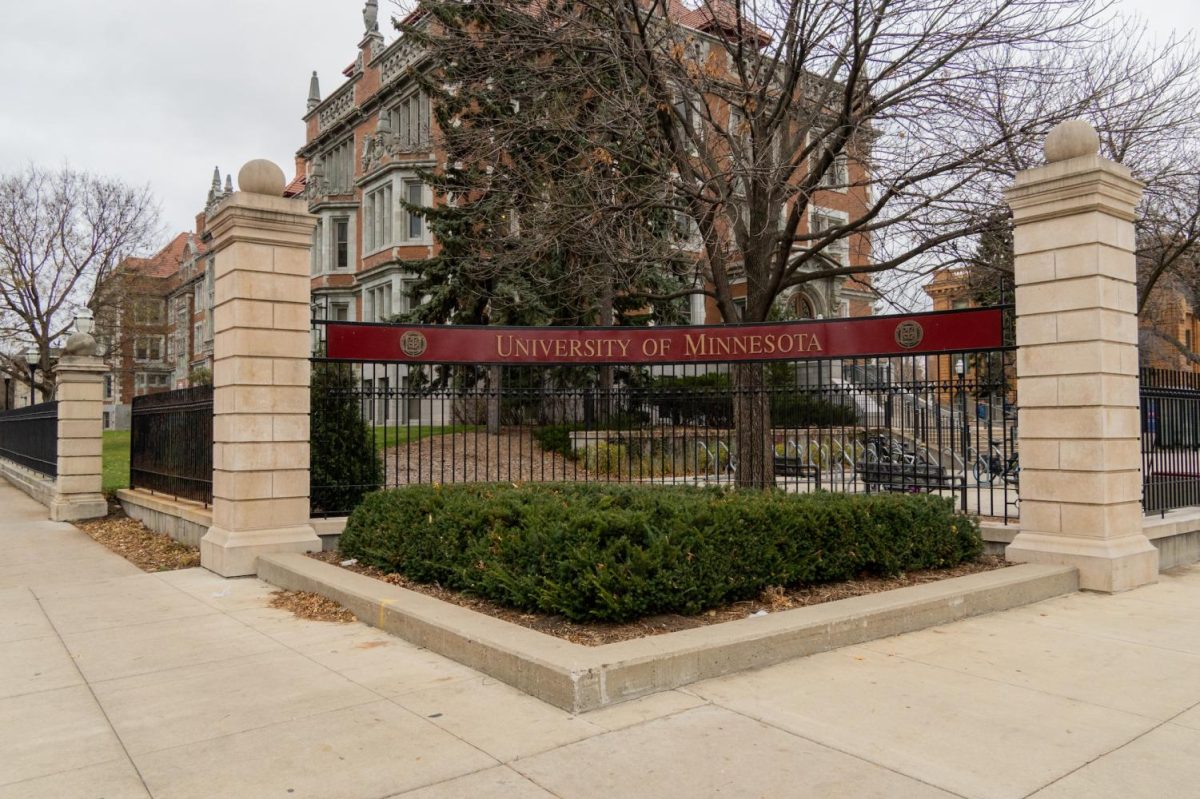A new plan for general education requirements for the University of Minnesota Twin Cities was introduced at the University Senate meeting on Dec. 5. The new Core Curriculum would simplify the current liberal education requirements and add two new multidisciplinary courses for all students.
The new program comes from a task force charged in 2022 by the Senate Committee on Educational Policy and Provost Rachel Croson. The project was led by Professors Kathryn Pearson and Will Durfee, who presented the plans.
“The committee is really excited about the potential for undergraduates to have a more meaningful general education experience, moving away from what students have described as just checking boxes to a more integrative experience that gives them more agency,” Pearson said.
Currently, all students must take seven diversified core courses — arts and humanities, biological sciences, historical perspective, literature, mathematical thinking, physical sciences and social sciences.
The changed core curriculum would require six foundational courses — scientific thinking, qualitative reasoning, the past and present, the search for meaning, societies, cultures and communities, and creativity and imagination.
All students are also required to take one class on race, power and justice in the United States, and three other designated theme courses, which are civic life and ethics, the environment, global perspectives, and technology and society.
The new requirements would include both a course on race, power and injustice in the U.S. and a global perspective course. These classes would be mandatory for all students. Students must also take three of the following “focus area” courses — equity, environment, civic life and well-being.
Durfee and Pearson said there was plenty of feedback on the plans, and they collaborated with faculty and students for several months.
“Students from across the University have generally expressed enthusiasm about this really allowing them to discover what they’re passionate about,” Pearson said. “They’re also excited about the potential of that signature course at the end, really allowing them to work collaboratively and show what they know.”
The curriculum also creates two new classes for all students. The one-credit multidisciplinary approaches course and the three-credit multidisciplinary synthesis.
The multidisciplinary courses will have professors from across the University interact with students, according to Durfee. It would focus on engagement between different departments and schools.
“This is not a class on how to do college. This is a class where students would have large format seminars from faculty across the University who are representing disciplines across the University and the four different focus areas,” Pearson said. “They would be supplemented with smaller discussion sections with an instructor who would guide them with writing and discussion and other activities.”
The program also reduces the writing intensive requirements to two upper-division writing courses, which removes the lower-level writing requirement in the current four writing course requirements. None of these plans would impact individual college requirements and would only apply to students on the Twin Cities campus.
“The intent is the general education portion rises up to engage the students and have the students be passionate in the same way they are about their major,” Durfee said.
Faculty members like Professor Eva von Dassow talked about concerns regarding the new structures. Foreign language requirements were a big concern for faulty members, alongside the logistics of how the plan would be implemented.
“We don’t have a real core curriculum as it is. Instead, what we have now is a buffet of hundreds of courses that faculty have labored to get certified for one of a dozen broad requirements,” von Dassow said. “If this plan is adopted, we’d have to do it all over again for a more vacuous set of requirements that would dilute all the subjects we teach into vague catch-all buckets like the search for meaning.”
The proposal is still going through revisions and is expected to be reintroduced at the February Senate meeting. It will then be voted on at the March Senate meeting, and if passed, would be implemented for students entering the University in either 2027 or 2028.


